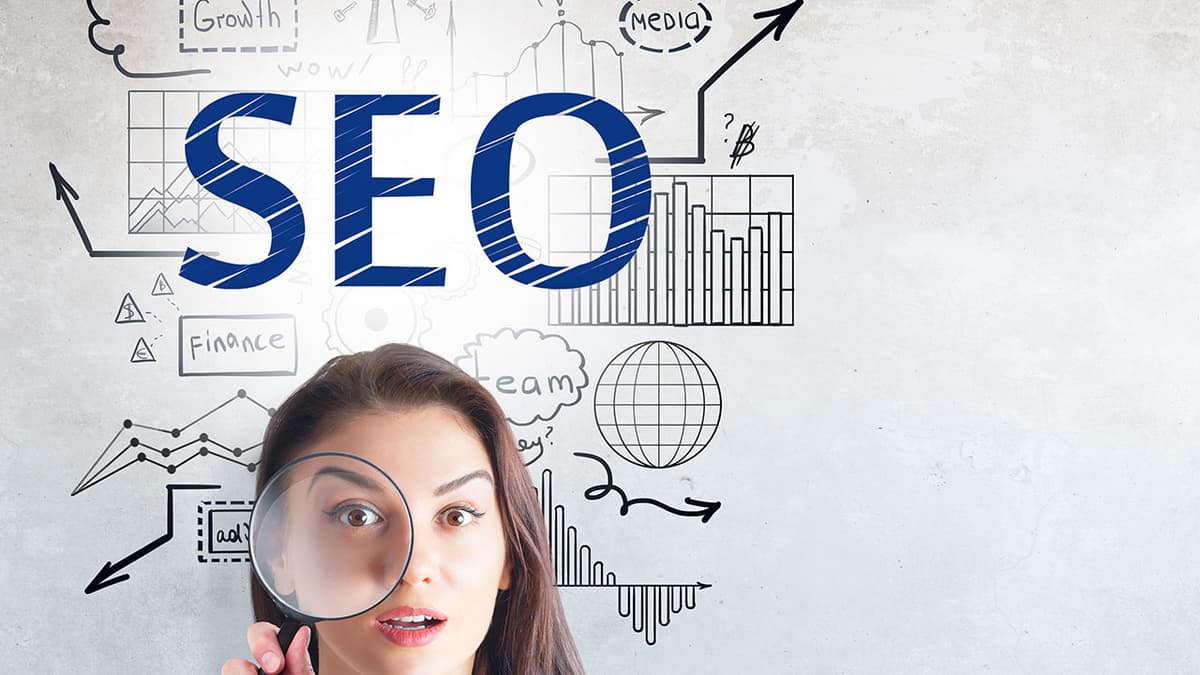Lifecycle Marketing
Marketing is about forming long-lasting relationships with customers. It involves guiding them through different stages of their journey with your brand. This journey is known as lifecycle marketing.
Lifecycle marketing is a strategy that recognizes the various stages a customer experiences with a brand. The goal is to tailor marketing efforts to each stage. This ensures that every interaction with your brand is meaningful and relevant.
Here’s a look at what lifecycle marketing includes at each step.
The Seedling Stage: Reach and Attraction
In this initial stage, the goal is to raise awareness of your products or services. You aim to reach potential customers and make a positive first impression.
Campaigns in this stage often include advertising through search engines, display ads, billboards, or print ads. For instance, a sports apparel brand may create buzz with creative ads on their website or online platforms showcasing new products.
The Growing Stage: Lead Capture
Once you catch someone's attention, the next step is to capture leads. You want potential customers to express interest, such as signing up for a newsletter or downloading a resource.
Effective lead capturing may include offering a discount in exchange for an email address or hosting a registration-required webinar. The key is to provide value that encourages potential customers to share their contact information.
The Budding Stage: Nurture and Engagement
At this stage, you develop the relationship through nurturing and engagement. Interaction with leads should be meaningful, focusing on valuable content and personalized communication.
Email campaigns are essential here, delivering tailored messages based on the leads’ interests. For example, sending informative articles about pet care to someone who has shown interest in adopting a pet demonstrates understanding of their needs.
The Blooming Stage: Conversion
During this stage, leads convert into customers. They transition from awareness to making a purchase based on the trust you've built.
Focus on providing helpful sales experiences. Whether through a smooth online checkout or a knowledgeable salesperson, ensure that nothing hinders the conversion process.
The Thriving Stage: Retention
Even after a customer makes a purchase, your work isn't done. Retaining customers requires ongoing effort. It's often more cost-effective to keep existing customers than to attract new ones.
Use loyalty programs, special events for customers, or feedback surveys to maintain engagement. Providing excellent post-purchase support can turn a buyer into a repeat customer.
The Harvest Stage: Advocacy
The final stage is advocacy. This is when satisfied customers promote your business. They share their positive experiences, recommend your brand, and write favorable reviews.
To encourage advocacy, consider implementing referral programs or showcasing customer testimonials. These actions not only express appreciation but also provide social proof that your brand is trusted.
Lifecycle marketing is about understanding customer needs at every stage of their journey. This approach builds lasting relationships, transforming customers into loyal advocates for your brand. A thoughtful and personalized marketing strategy can significantly impact your business's success.












